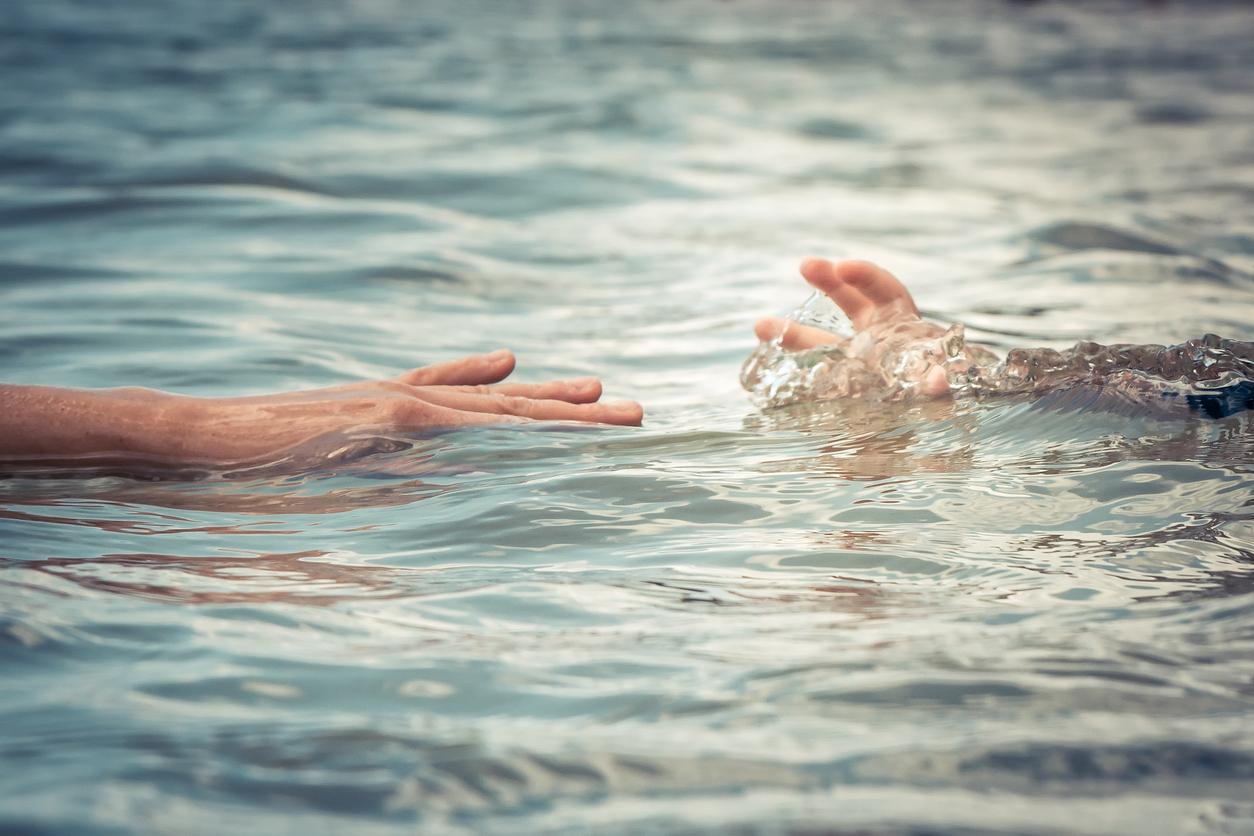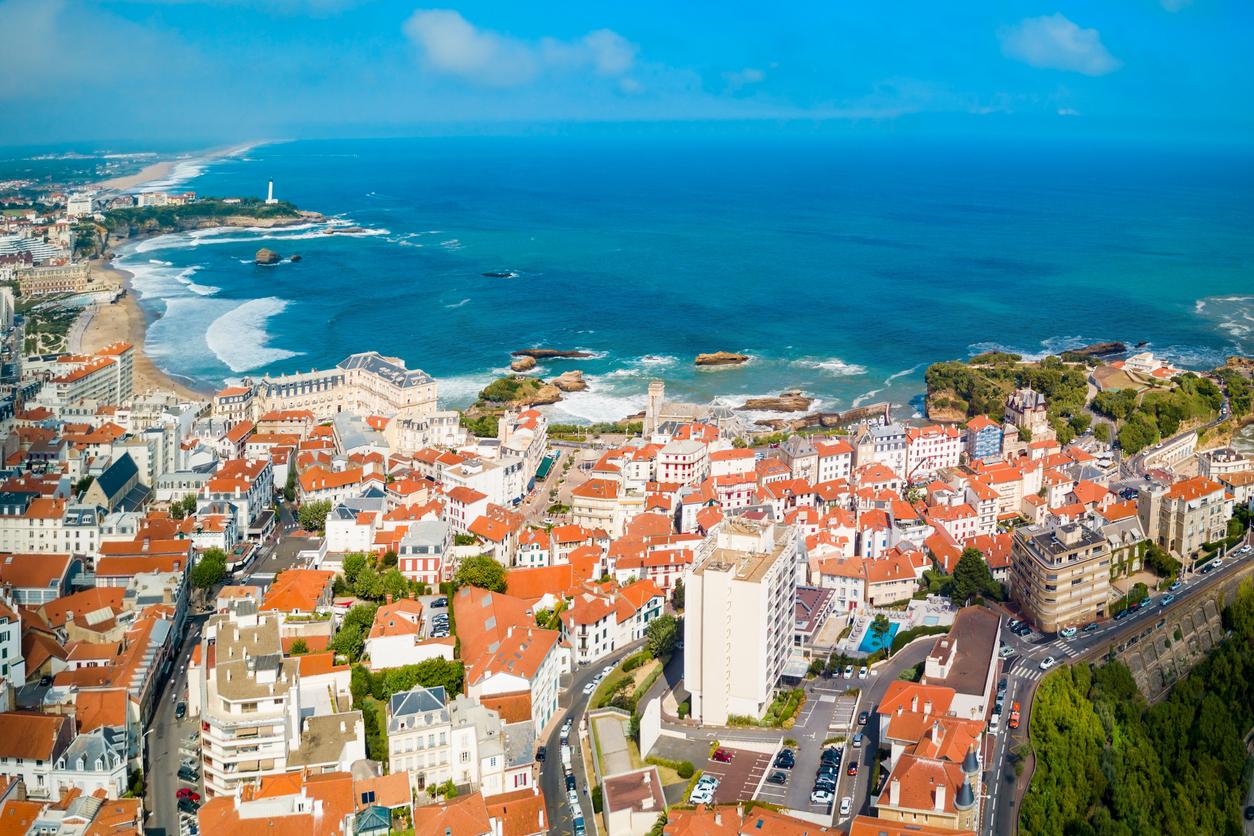Tourista affects about one in three travelers, making it the most common health problem among tourists. The infectious disease specialist Christophe Rapp explains how to protect yourself against it.

Whether you go alone, with family or friends, the tourist, scientifically called “infectious traveler’s diarrhea”, is one of the inconveniences that one would prefer to do without on vacation. Prof. Christophe Rapp, infectious disease specialist at Bégin hospital (Saint-Mandé), director of the international health center CMETE (Paris) and president of the travel medicine company (SMV), explains how to protect yourself against it.
Tourista affects about one in three travelers, making it the most common health event among tourists. Children and the elderly can also contract the disease. “These are even the populations most at risk”, specifies Christophe Rapp.
Location at risk and modes of contamination
“All travelers are likely to catch the tourist. The less hygienic conditions in the country visited, the higher the risk of contracting traveler’s diarrhea,” explains Christophe Rapp. The areas at risk are mainly the Indian peninsula (India, Bengladsh), sub-Saharan Africa, Southeast Asia North Africa and South America.
Contrary to popular belief, the tourista contracts more by food than by water. You should therefore be careful to consume only very cooked foods and to drink bottled water. However, “the pathogens are also transmitted via the hands. The only proven effective prevention method against diarrhea is therefore to wash them, before each meal, before any handling of food and after going to the toilet, “warns Christophe Rapp. If soap and water are not available, hydro-alcoholic solutions are an alternative.
Symptoms and management
The pathology is manifested by diarrhea (more than three watery stools per day) associated with symptoms such as fatigue, abdominal pain and cramps, nausea, vomiting and sometimes fever. Travelers’ diarrhea is most often mild and does not last more than 48 hours. “The severe forms affect the elderly or children, who can, if not taken care of, die from dehydration. This is what we observe among children under five in income countries limited (Africa, Asia) “, specifies Christophe Rapp.
If the symptoms described below appear, it is first necessary to hydrate and continue to eat normally, even if the urge is lacking. In children, the use of oral rehydration fluids is recommended. If vomiting prevents hydration, you should go to the hospital for intravenous rehydration. “The high risk acquisition of a portage of multi-resistant bacteria (BMR) should limit the use of antibiotics often prescribed by the doctor before departure. Antibiotics should be reserved for severe forms (febrile diarrhea Moreover 48 hours with blood and phlegm) “, specifies Christophe Rapp.
In 2013, researchers announced that a vaccine against the tourista would soon be available. This is still not the case today.
.

















